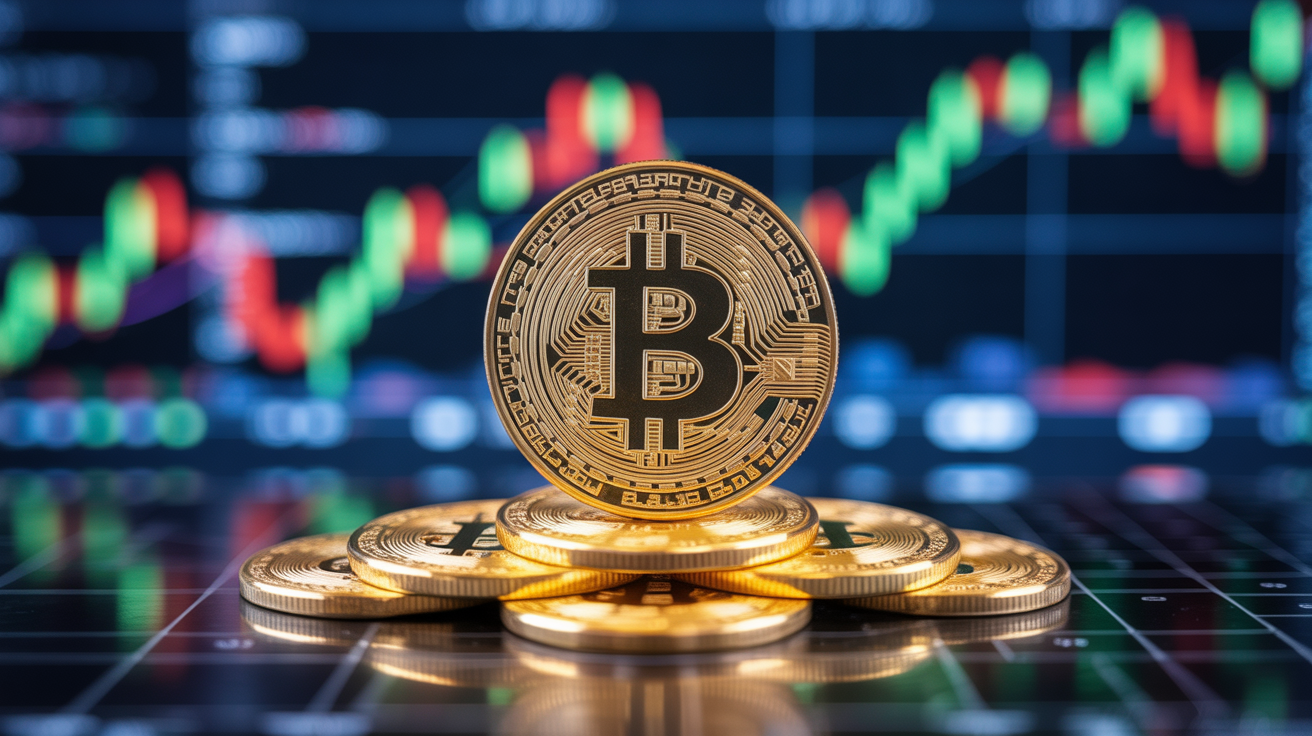The memecoin sector has rapidly gained traction within the broader cryptocurrency market, capturing significant attention despite its speculative nature. As of December 1, memecoins accounted for 3.16% of the total market capitalization of all cryptocurrencies, up from 1.3% at the start of 2024. When excluding Bitcoin (BTC) and Ether (ETH), memecoins’ share of the market soared to 11.21%, compared to just 4.2% earlier in the year. This surge has pushed their combined market value to over $140 billion, according to CoinGecko, even though many of these tokens are built around internet memes and viral trends with little to no utility.
The rally is largely driven by Dogecoin (DOGE) and Shiba Inu (SHIB), which have seen massive gains. For instance, Dogecoin surged 168% following the election of Donald Trump, positioning it as the seventh-largest cryptocurrency by market cap at $64 billion. With Bitcoin’s recent rise past $100,000, memecoins are enjoying substantial growth, often following the broader market’s bullish momentum.
The question now is whether this rapid expansion is simply a typical characteristic of a bull market’s early stages or if it signals that the market is becoming overheated. In past cycles, memecoins tended to see their largest rallies in the final stages of bull runs, especially after Bitcoin’s halving events. However, the current cycle stands out due to the significant increase in memecoin activity before the expected halving, a trend that persisted even during periods when Bitcoin was consolidating mid-year.
Memecoins, which were originally created as jokes—such as Dogecoin in 2013—have evolved into significant players in the crypto space, gaining attention from investors and major figures like Elon Musk. Dogecoin and other dog-themed tokens like Shiba Inu became some of the most traded cryptocurrencies during the 2021 bull run, and they have since solidified their place within the broader investment landscape, alongside more established crypto categories like decentralized finance (DeFi) and privacy coins.
2024 has seen explosive growth in the memecoin sector. From January 1 to December 1, the combined market capitalization of memecoins grew by 330%, far outpacing Bitcoin’s 140% and Ether’s 71% growth. Memecoin trading volume also saw an astronomical increase of 979%, now accounting for 5.27% of the total crypto market volume. This growth stands out, especially considering the decline in volume seen across other sectors of the crypto economy during the same period.
Memecoins have increasingly become a gateway for new retail investors, with their speculative nature fueling market optimism and contributing to the momentum of the broader crypto market. However, this also raises concerns about the potential for speculative bubbles. The rapid increase in memecoin activity could amplify the intensity of a bull run but may also shorten its duration due to their inherent volatility and lack of tangible utility.
In addition to established coins like Dogecoin and Shiba Inu, 2024 has seen the rise of newer memecoins such as Dogwifhat (WIF), Brett (BRETT), and Peanut the Squirrel (PNUT), which have gained substantial attention and moved up the ranks of the top 100 cryptocurrencies by market cap. While dog-themed coins dominated in the past, the emergence of cat-themed and AI-related tokens has started to challenge the dominance of dog coins. Political-themed memecoins also saw a surge in popularity during the U.S. elections but experienced sharp declines in trading volume by up to 80% following the election results.
The blockchain networks supporting these tokens have also evolved. Dogecoin continues to operate on its own proof-of-work blockchain, while Ethereum-based memecoins like PEPE and TRUMP have also gained popularity. However, Solana has emerged as a major hub for memecoin activity, thanks to platforms like Pump.fun, which accounted for 30% of memecoin trading volume and 15% of its market capitalization in 2024. Meanwhile, Telegram’s TON blockchain saw an astonishing 750-fold increase in memecoin trading volume in the past six months, even though it still represents only 1% of the sector’s total market cap.
Looking ahead to 2025, it is likely that memecoins will continue to be integrated into decentralized finance (DeFi) platforms and exchanges, further fueling their growth. However, concerns are mounting over the long-term sustainability of ecosystems that rely heavily on memecoins, particularly Solana, which may face challenges if its dependence on such speculative tokens becomes too pronounced. This could potentially strain the development of the broader network.





